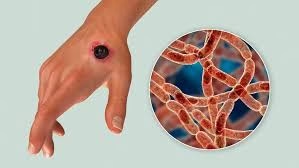
Introduction Anthrax is an infectious disease caused by Bacillus anthracis, a spore-forming, gram-positive rod. The spores of B. anthracis can survive for long periods in the environment, making them a Read More …
Simplifying Allied Health Learning.

Introduction Anthrax is an infectious disease caused by Bacillus anthracis, a spore-forming, gram-positive rod. The spores of B. anthracis can survive for long periods in the environment, making them a Read More …
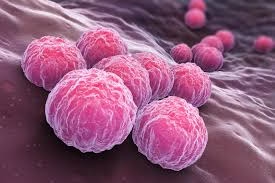
Chlamydia species are significant pathogens responsible for various infections, especially in the urogenital and respiratory tracts. Understanding their characteristics, pathogenic mechanisms, and effective diagnostic methods is crucial for managing infections. Read More …
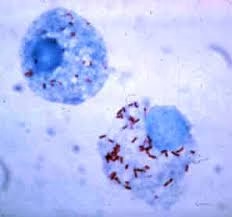
Rickettsia species are significant pathogens that cause febrile illnesses, often transmitted by arthropod vectors. Understanding their characteristics, pathogenic mechanisms, and effective diagnostic methods is crucial for managing infections. Continued public Read More …
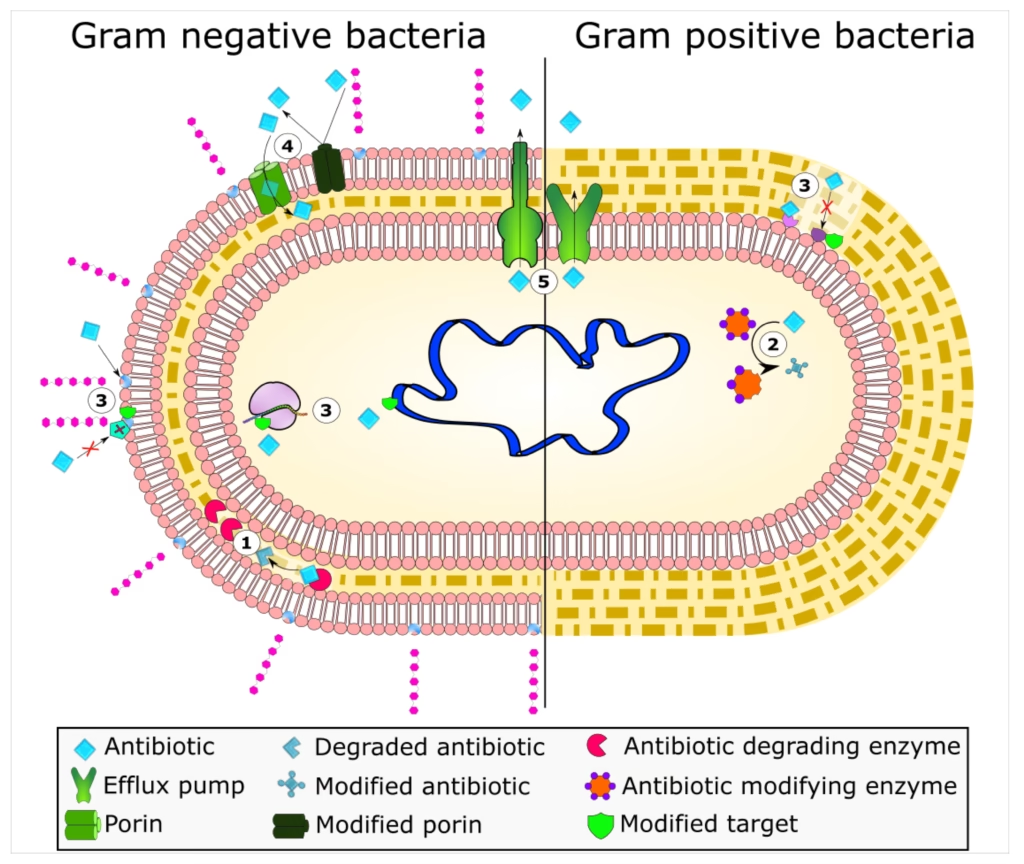
Principles and mode of action of antibiotics and chemotherapeutic agents for bacteria and fungi, Antibiotics are drugs used to treat bacterial infections. They target specific bacterial structures or processes essential Read More …
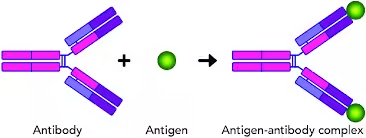
Introduction Antigen-antibody reactions are the cornerstone of the immune system’s ability to recognize and neutralize foreign invaders. When an antigen (a foreign molecule or pathogen) enters the body, the immune Read More …